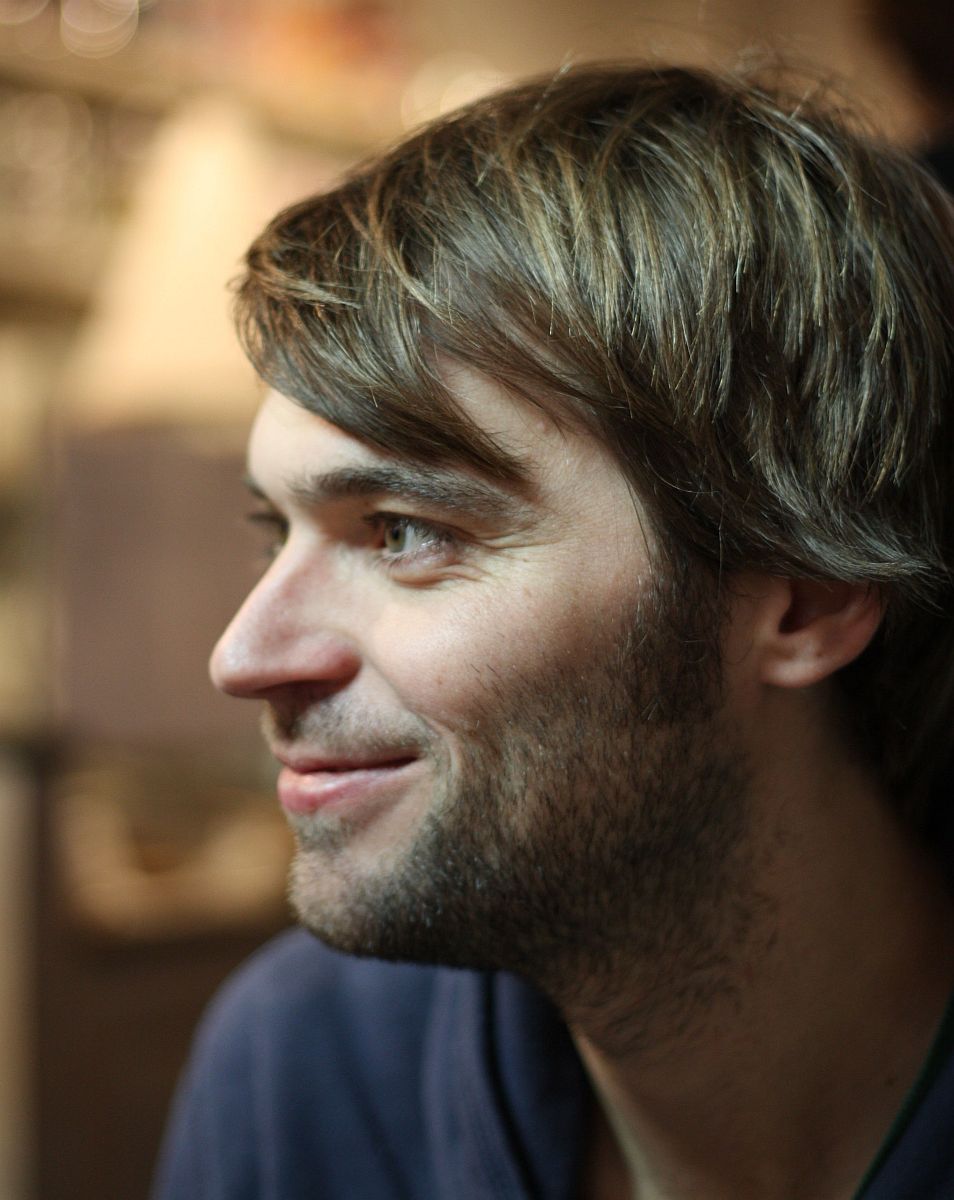Plant Molecular and Cell Biology

Multicellular organisms have arisen independently a number of times, leading to divergent life forms such as animals and plants. Due to their sessile lifestyle, plants have developed a remarkable plasticity for shaping their body plan to adapt to changes in their immediate environment. Most intriguingly, plants are characterized by unparalleled postembryonic growth and regenerative potential that is tightly controlled by phytohormones. Even though plants have outstanding importance for our cultural life and more important for the ecosystem of Earth, little is known about cellular mechanisms that allow this unique growth regulation. The phytohormone auxin (Gk: auxein - to grow) is a master regulator of plant growth. However, our global understanding of how small molecules, such as auxins, can carry the required information for shape regulation in plants is largely unknown. To obtain truly mechanistic insights into differential growth regulation in plants, upstream and downstream components that execute or instruct auxin-dependent differential growth regulation on subcellular, cellular, tissue, and organ level will be addressed. To achieve that, the focus is on three main research questions:
1.) How does a plant coordinate differential growth on an organ level to establish its architecture?
2.) How is growth coordinated between neighboring tissue types?
3.) How does a single cell monitor active auxin levels and regulate the desired levels for defined cellular development?